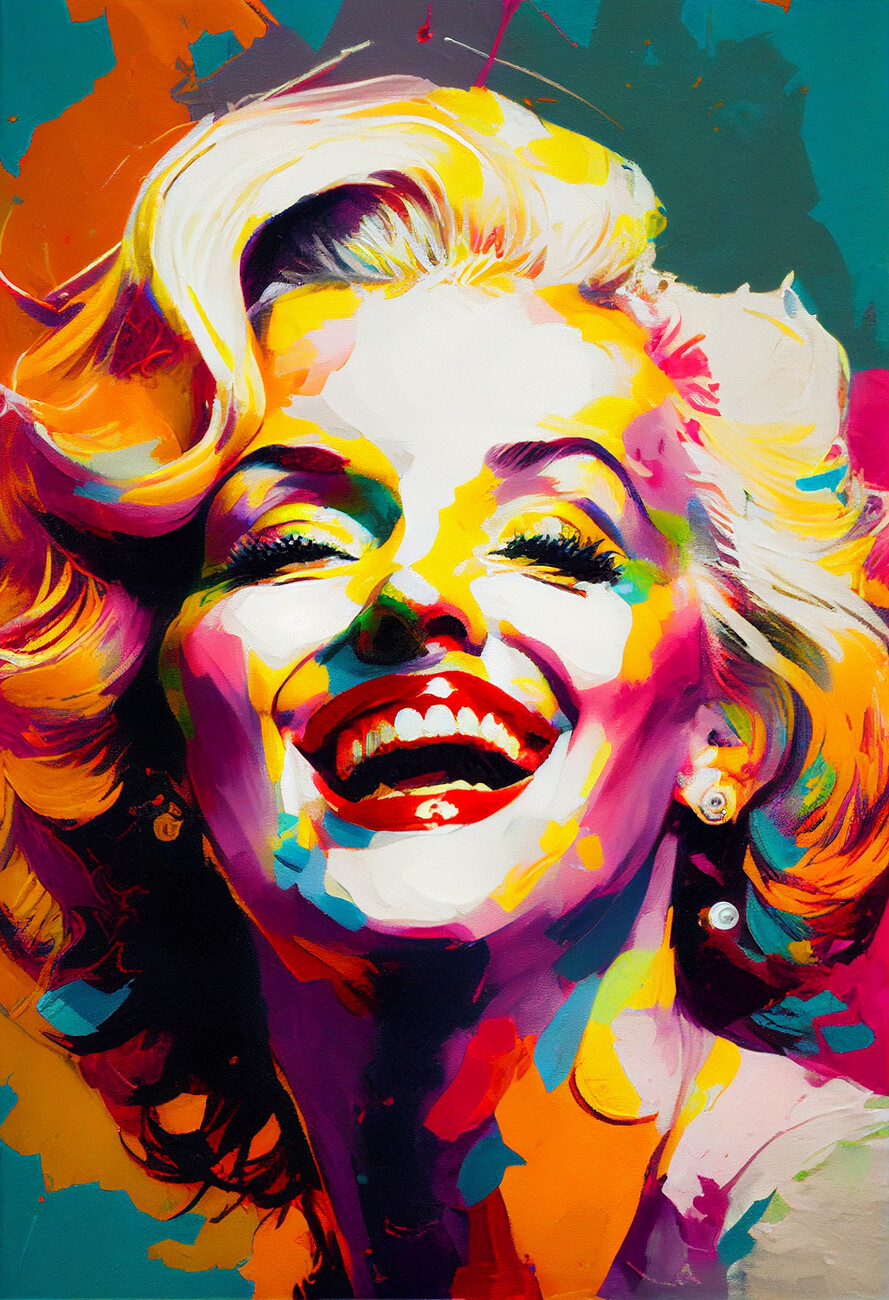The Advancement of Trump Art: From Very Early Reviews to Contemporary Viewpoints
The Advancement of Trump Art: From Very Early Reviews to Contemporary Viewpoints
Blog Article
Looking Into the Diverse World of Artistic Expression: From Surrealism to Abstract Realistic Look
In the realm of imaginative expression, from the dreamlike landscapes of surrealism to the elaborate play of light and kind in abstract realism, musicians have constantly pressed the borders of imagination and creativity. As we discover the complex globe of art, we are presented with a tapestry of designs, techniques, and viewpoints that challenge our understanding and provoke consideration.
Surrealism: Releasing the Subconscious
Surrealism, a progressive artistic motion of the 20th century, looked into the depths of the subconscious, unveiling a world of dream-like images and unconventional juxtapositions. Led by artists like Salvador Dali, René Magritte, and Joan Miró, Surrealism looked for to challenge the conventional methods of recognizing and seeing art. With techniques such as automatism and dream evaluation, Surrealist artists intended to tap into the subconscious mind to reveal surprise truths and wishes.
One of the crucial elements of Surrealism was the emphasis on the unreasonable and the exceptional. By integrating unexpected elements in their works, Surrealist artists aimed to create a sense of disorientation and surprise in the customer. This disturbance of logic and reason was implied to prompt a deeper exploration of the subconscious and the mysteries of the human psyche.
Abstract Realism: Redefining Perception
Testing traditional creative borders, Abstract Realistic look redefines perception with the combination of well-known aspects with abstract forms. This ingenious technique to art incorporates the representational precision of realistic look with the creative liberty of abstraction, providing viewers a special visual experience that triggers them to examine their understanding of truth.
In Abstract Realistic look, artists strive to catch the essence of their subjects while also infusing their job with a feeling of depth and complexity via abstract components. By blending the familiar with the unknown, these artists welcome audiences to engage with their pieces on numerous degrees, motivating them to check out the subtleties of color, structure, and form.

Cubism: Fragmentizing Truth
Utilizing geometric forms and fragmented perspectives, Cubism transformed the creative depiction of truth in the very early 20th century. Created by Pablo Picasso and Georges Braque, Cubism looked for to test conventional concepts of viewpoint and depiction. By damaging down objects and numbers into geometric shapes and presenting them from several point of views concurrently, Cubist musicians aimed to record the significance of the subject as opposed to its actual appearance. This technique not only deconstructed truth article source yet additionally emphasized the monotony of the canvas, leading the way for future abstract art motions.

Cubism can be categorized into 2 main stages: Analytical Cubism, defined by monochromatic color design and detailed, fragmented types; and Synthetic Cubism, which included collage elements and brighter colors into the make-ups. Through these distinctive stages, Cubism affected not only painting however likewise design, style, and sculpture. trump art. Its effect resounded across the art world, inspiring artists to explore brand-new means of standing for the globe and interpreting around them
Expressionism: Emotions on Canvas
Discovering the midsts of human feelings through expressive and vibrant brushstrokes, Expressionism arised as a profound creative movement in the very early 20th century. Unlike previous art movements that concentrated on showing the outside world, Expressionism explored the internal realm of the musician's subconscious, intending to evoke raw feelings and provoke natural feedbacks from audiences.
Expressionist artists, such as Edvard Munch, Egon Schiele, and Emil Nolde, denied standard notions of charm and realistic look for distorting kind and color to communicate subjective feelings. Using overstated brushwork, vibrant shades, and distorted figures assisted develop a feeling of unease, alienation, or enthusiasm in their works.
Among one of the most popular examples of Expressionism is Munch's "The Scream," which catches the extreme stress and anxiety and despair of contemporary life through its swirling, distorted figure versus a blood-red sky. Through their emotionally charged jobs, Expressionist musicians sought to challenge conventional imaginative norms and offer a home window into the rough midsts of the human heart.
Contemporary Art: Advancing Point Of Views

One of the defining attributes of contemporary art is its continuous advancement and ability to adjust to changing social landscapes. Musicians are significantly including modern technology into their method, blurring the lines between the physical and electronic realms. This fusion of tools enables cutting-edge methods of narration and involving with audiences in a more interactive way.
In addition, contemporary art often offers as a platform for social commentary, attending to pushing concerns such as identity, politics, and the environment. Artists are using their work to trigger vital discussions and provoke thought, dropping light on the complexities of the globe we live in. As viewpoints proceed to develop, contemporary art continues to be a vibrant and try this out prominent force in forming our cultural landscape.
Conclusion
To conclude, the globe of artistic expression incorporates a wide variety of movements and styles, each with its very own one-of-a-kind method to communicating significance and feeling. From surrealism's exploration of the subconscious to abstract realism's redefining of understanding, and from cubism's fragmentation of truth to expressionism's representation of feelings, art remains to develop and test point of views - trump art. Contemporary art shows the ever-changing globe we live in, supplying new methods to analyze and recognize the intricacies of our reality
As we discover the complex globe of art, we are provided with a tapestry of styles, methods, and viewpoints that challenge our understanding and provoke consideration. Its effect reverberated throughout the art globe, inspiring artists to check out new means of standing for the world and translating around them.

Report this page